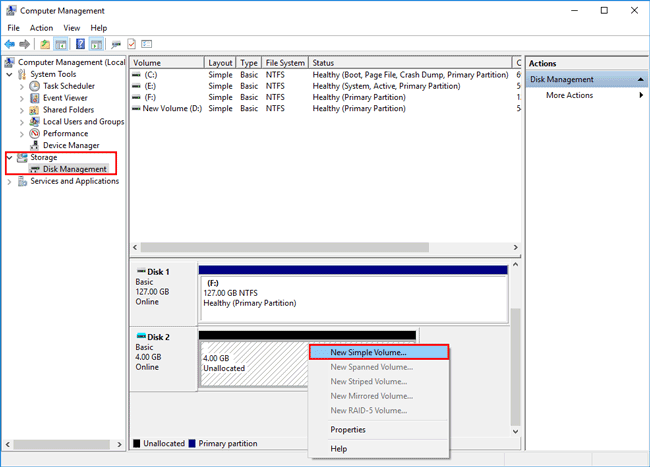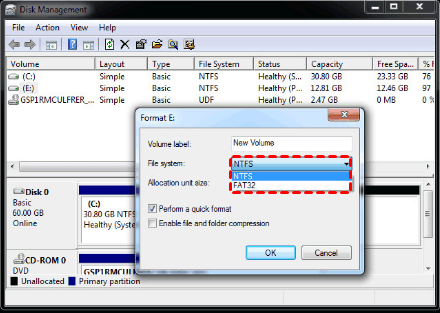
#Format mac disk windows 10 keygen#

Select your thumb drive in the Disk Utility window, then click the Erase tab. Launch Disk Utility press Command+Space then type: disk utility. If you only use a Mac computer, you can format your thumb drive to work on Windows systems.Ĭonnect the thumb drive to your Mac. In the File System list box, choose exFAT, type in a Volume Label if you want, and then click Start.Ĭlick OK to the format warning and wait until the process is complete. Right-click your flash drive and then select Format.

Prepare a Thumb Drive for Both Windows and OS X or macOS Before you start, though, make sure your thumb drive is formatted so it can work on both Windows and macOS. If you’re working in a mixed environment, where you might need to work on files between both systems, a handy solution is to use a thumb drive. This makes it difficult to move data between the two unless you have them networked together. I use APFS for my boot drives, but given the amount of cross platform work I do, I’m more hesitant to format external storage AFPS.MacOS uses the HFS+ file system, while Windows uses the NTFS file system that shares little in common. Last, this tip though is heavily focused on cross-platform workflows and especially about the perils of ExFat. Mostly about how it handles blocks and specifically “extents”. The person who wrote that is one of the developers of Softraid. Generally, APFS is less efficient on spinning disks – I’ll reference an older blog post here for some of the technicals. And I don’t know if it’s still the case, but OSX couldn’t share APFS over AFS, but rather had to fall back to SMB or NFS. And I believe, prior to Big Sur, it had difficulties with Time Machine Drives. Fusion drives (at the last time I checked) can’t do it.

Here are a couple of headaches – older systems, especially prior to Sierra are out. For Apple-centric SSD-based devices? Fantastic. M.2 Drives: Which Is Best for Your IT Workflow?įirst, I love APFS – but I tend to resist one size fits all.

Why am I hesitant? I consider disk access too important. And at least one way to read HFS+ on Windows (for free). One footnote: I am hesitant to mention other ways to write NTFS on OSX for free. That way, you stop thinking about what any drive is formatted and just get your work done. It can read/write the Mac format on a Windows system. If you’re mainly on Windows, format everything NTFS and buy a utility like MacDrive.It can read/write the Windows Format on a Mac System. If you’re primarily on Mac, format everything HFS+ and buy a utility like Paragon’s Microsoft NTFS for Mac.What should you do instead? It depends on your primary platform. Never use for live access of information. Where should I use ExFat? Predominantly on a removable drive that is used solely to transfer between systems. If they’re not accounted for, and you eject the drive incorrectly, you’ll possibly lose data or corrupt the drive. While reading/writing to a drive, some information is cached – especially some quick small elements. There are many, many of us who professionally switch platforms, sometimes inside of the same day. On paper, it looks great, but no, I don’t think you should use it!Ī good rule of thumb? If you’re on a Mac, use HFS+/Mac OS Extended. It can be read/written by Mac or Windows and doesn’t have the limitation of 4GB like Fat32. ExFat (Extensible File Allocation Table).It’s the most common Mac drive format – and also called MacOS Extended. Readable on both Mac and Windows, but only writeable on Windows. They read/write cross-platform, but a file must always be less than 4GB. Most of my thumb drives have been formatted from the factory. Yes, there are some others, but these are the ones you’re most likely to encounter. Here’s a shortlist of common drive formats.


 0 kommentar(er)
0 kommentar(er)
